Wine Spotlight: A South African Symphony – Pinotage Elegance
A South African Symphony – Pinotage Elegance

Appearance:
South African Pinotage graces the glass with a captivating deep ruby red hue, hinting at the rich character within. Its clarity and vibrancy suggest a wine that is both youthful and inviting.
Aroma:
Upon the first swirl, the nose is greeted by a delightful medley of red and dark fruit aromas. Juicy plum and ripe cherry take center stage, accompanied by a subtle hint of raspberry. Layers of spiciness unfold, with a touch of smokiness and a hint of chocolate. The aromatic profile is both inviting and complex, setting the stage for an intriguing tasting experience. (yeast suggestion: RC-212, D254, D80, and BM4X4)
Palate:
The palate echoes the promises made by the aroma, delivering a well-orchestrated performance of fruit and spice. Ripe blackberry and red cherry flavors dance on the taste buds, complemented by a nuanced layer of plum. The wine exhibits a smooth, medium-bodied texture, with soft tannins providing a gentle structure. A touch of oak (French oak, medium toast) adds depth without overshadowing the varietal’s inherent characteristics.
Flavor Profile:
South African Pinotage exemplifies the distinctive qualities of the grape and the terroir of their wine country. The fruit-forward nature is complemented by a subtle earthiness and a trace of cedar. There’s a delightful balance between the vibrant fruit expression and the savory elements, creating a harmonious and thoroughly enjoyable flavor profile.
Pairing Suggestions:
South African Pinotage is a versatile companion at the table. Pair it with grilled lamb chops, mushroom risotto, or even a smoky barbecue for a delightful experience. Its approachable nature makes it equally enjoyable on its own, making it a fantastic choice for casual gatherings or more formal occasions.
Overall:
South African Pinotage is a testament to the grape’s adaptability and the winemaker’s skill. It strikes a perfect balance between fruit-forward exuberance and the complexities that make Pinotage unique. The wine is expressive, inviting, and showcases the essence of South African winemaking.
Interested in making South African Pinotage? Give us a call at 877-812-1137 to speak to a winemaking representative about your order. Cheers!
Wine Spotlight: Bold Elegance – South African Shiraz Unveiled
Interested in making South African Shiraz? Give us a call at 877-812-1137 to speak to a winemaking representative about your order.
Appearance:
In the glass, South African Shiraz commands attention with its deep, inky purple color. The richness of its hue hints at the robust character that awaits.
Aroma:
Upon the first swirl, the nose is greeted by an enticing bouquet of dark fruits and subtle spices. Blackberry and ripe plum take center stage, accompanied by a hint of black pepper and a touch of smoky oak (either French or American oak, medium toast). The aromatic profile is bold and inviting, setting the stage for the complex layers to unfold. (yeast suggestions: BDX, D80, D254)
Palate:
As the wine graces the palate, it delivers a symphony of flavors that reflect the warmth and intensity of the South African sun. Black cherry and blueberry dance alongside notes of dark chocolate and a subtle hint of vanilla from careful oak aging (either French or American oak, medium toast). The wine’s full-bodied nature is complemented by velvety tannins that add a luxurious texture, creating a well-balanced and deeply satisfying experience.
Flavor Profile:
South African Shiraz is a showcase of the varietal’s bold and expressive character. The dark fruit flavors are complemented by a savory undercurrent, with a touch of black pepper adding a hint of spice. The integration of oak is seamless, contributing to the wine’s complexity without overpowering its vibrant fruit profile.
Pairing Suggestions:
A robust Shiraz is a natural companion to hearty dishes. Pair it with a juicy grilled steak, lamb stew, or a rich, meaty pasta for a perfect match. Its bold flavors and well-structured tannins also make it an excellent candidate for aging, allowing the wine to evolve and develop further complexity over time.
Overall:
South African Shiraz is a testament to the region’s ability to produce wines of depth and character. It balances power with finesse, showcasing the winemaker’s artistry in capturing the essence of the grape and the terroir. It’s a wine that invites contemplation and celebration.
Interested in making South African Shiraz? Give us a call at 877-812-1137 to speak to a winemaking representative about your order. Cheers!
Pinotage Perfection: Crafting Excellence in South African Vineyards
Nestled in the breathtaking landscapes of South Africa, a grape varietal has captured the hearts of winemakers and connoisseurs alike – Pinotage. Born and bred in the Cape Winelands, Pinotage is a testament to the fusion of tradition, innovation, and the terroir that makes South African winemaking truly exceptional. Join us as we explore why making Pinotage wine in South Africa is a journey into vinous greatness.
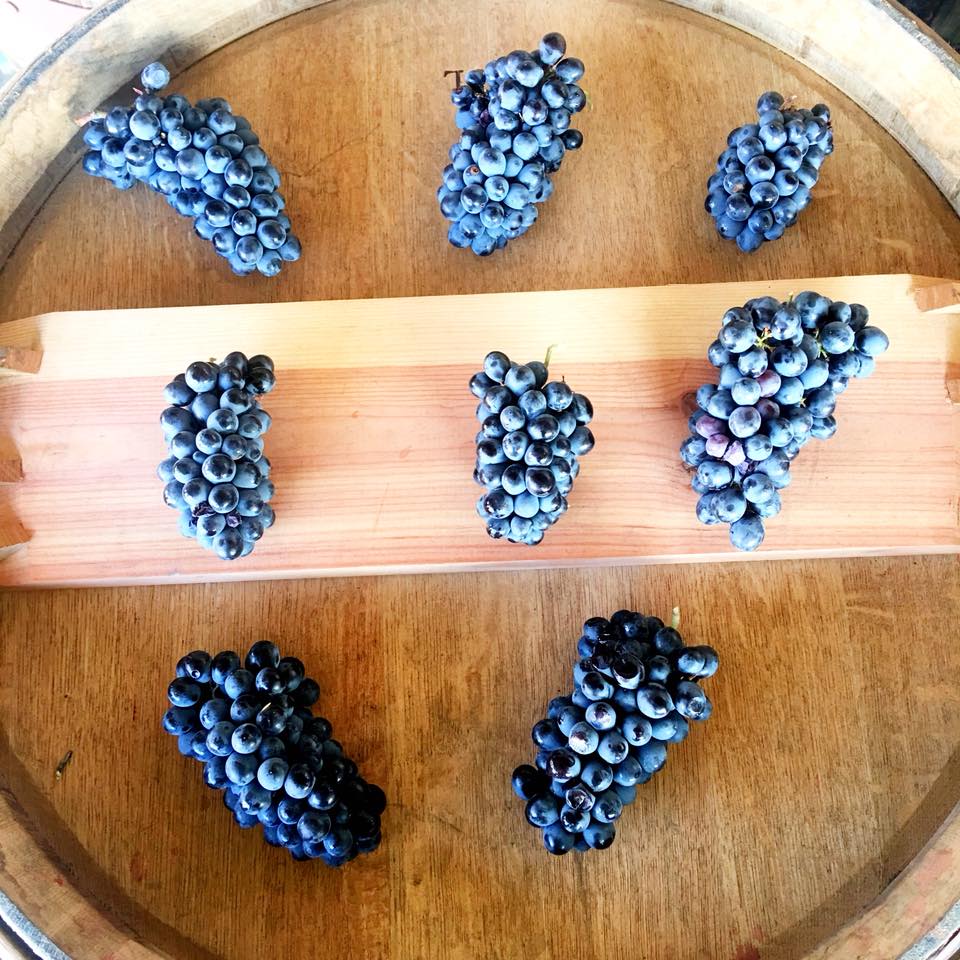
A Unique Grape with a Distinct Identity:
Pinotage, a cross between Pinot Noir and Cinsaut, was created in South Africa in the early 20th century. This grape has since evolved into a distinctive varietal, embodying the spirit of the region. Known for its bold, robust character and complex flavors, Pinotage stands as a symbol of South African winemaking innovation and determination.
Embracing the Terroir:
South Africa’s diverse terroir plays a pivotal role in shaping the character of Pinotage wines. From the warm valleys of Stellenbosch to the cool slopes of Walker Bay, each region imparts its unique signature on the grapes. The result is a spectrum of Pinotage wines, from fruit-forward expressions with hints of cherry and raspberry to more complex profiles featuring smoky, earthy undertones.
Winemaking Mastery:
Crafting Pinotage requires a delicate balance between tradition and modern winemaking techniques. South African winemakers have honed their skills to showcase the best qualities of the grape. Oak aging (French Oak, Medium Toast), fermentation methods (Yeast Suggestions: RC-212, D254, D80, and BM4X4), and blending strategies are meticulously chosen to enhance the inherent characteristics of Pinotage, creating wines that are both bold and elegant.
Versatility in Styles:
One of the beauties of Pinotage is its versatility. Winemakers in South Africa produce a range of styles, from youthful and vibrant wines suitable for early consumption to more complex, age-worthy expressions that evolve beautifully over time. This diversity caters to a wide audience, making Pinotage a wine for every palate and occasion.
Conclusion:
In the heart of South Africa’s vineyards, Pinotage reigns supreme as a symbol of the nation’s winemaking prowess. The unique identity of this grape, shaped by the diverse terroir and the expertise of passionate winemakers, makes crafting Pinotage wines an art form. So, the next time you raise a glass of South African Pinotage, you’re not just sipping a wine – you’re experiencing the soul of a nation in every nuanced sip.
Interested in making South African Pinotage? Give us a call at 877-812-1137 to speak to a winemaking representative about your order. Cheers!
Top 7 Winemaking Tips for the Spring Harvest
The Spring Harvest is underway! It’s time to get yourself set up for your Spring fermentations.
-
Plan out your batch
- What kind of wine do you want to make?
- Review your ferementation notes from previous seasons
- Taste wines from Chile and South Africa for inspiration
-
Review how to adjust your must
- Adjusting your Brix, TA, and pH
- Take an online class if need a referesher
-
If making wine from juice, decide on Fresco vs. Non Fresco Juices
-
Decide on the type of yeast you want to use
-
PRE ORDER
- Give us a call at 877-812-1137 or email us at sales@juicegrape.com
-
Think about the temperatures in your cellar
- Do you need extra heat?
- Do you need AC?
-
Keep an eye on the Harvest Tracker for updates on the Spring Harvest
Interested in making your own wine? Musto Wine Grape Company is here to help! Musto’s New England’s largest supplier for home winemaking products and services. Visit juicegrape.com or give us a call at (877) 812 – 1137 to learn more.
How to Make Syrah Wine from Chilean Wine Grapes
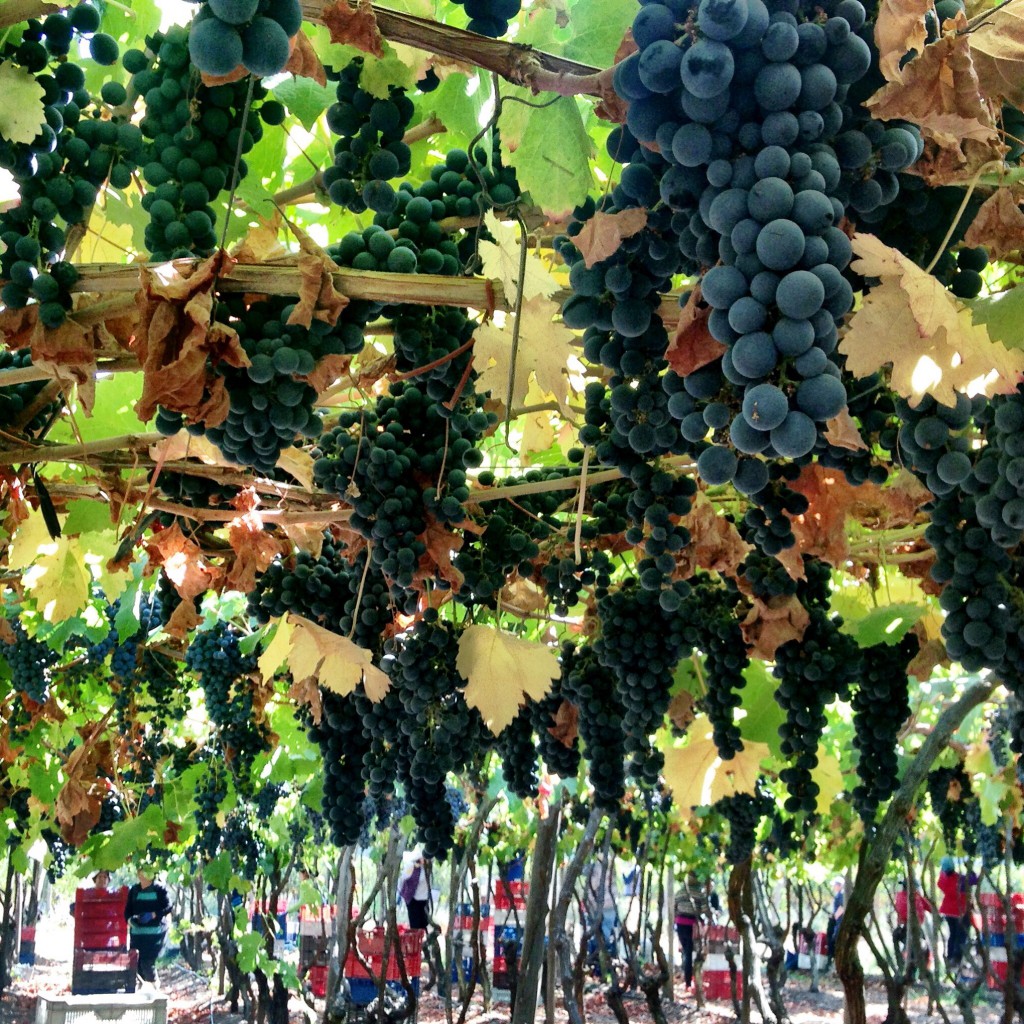
Chilean Syrah from Colchagua Valley has received high praise from publications like Wine Enthusiast, earning 93+pts. It’s a wine variety that is often overlooked from Chile and is a wine worth making this season. Chilean Syrah boasts flavors of plum, wild berry, and earth aromas. I highly suggest introducing this wine to oak barrels or an oak infusion. The medium acidity and powerful aromas are complemented by the French Oak flavor profile.
Yeast Suggestion: CSM yeast
Oak Suggestion: French oak barrels or chips
Wine Flavor Profile: Bold, medium tannins, blackberry, plum, wild berry, leather, smoke, chocolate, and oak
How to Make Syrah Wine from Chilean Wine Grapes:
- Crush Syrah grapes into a sanitized bin or tub. (Each 18lb crate will make 1.25 gals of finished wine).
- Apply 50ppm of Potassium Metabisulfite and stir well. Allow to sit for 8-12 hours.
- Apply .5ml of Color Pro Pectic enzyme per box diluted into a 10% solution with water to the must and stir. Allow to sit for another 8-12 hours.
- Mix Booster Rouge, FT Rouge, and Opti-Red, with spring water until it is the consistency of pancake batter and pour over top of crushed grapes. Mix in well.
- Add rehydrate CSM yeast (1g/gal) with Go Ferm rehydration nutrient and warm water. Allow to sit for 15 minutes and pour over top of crushed grapes.
- Punch down grapes 3 times per day throughout the duration of fermentation and monitor temperature and Brix levels daily. Use a hydrometer to test sugar content in a strained juice sample. Make sure the temperature does not exceed 85F.
- One day after adding the yeast, add Fermaid O, mixed with spring water into the pancake batter style slurry. Dump into grapes during a punch down.
- After the depletion of 1/3 of the Brix (when the Brix level is between 16-11), add Fermaid O that is mixed with spring water into the pancake batter style slurry. Dump into to grapes at a punch down.
- Add Malo-lactic bacteria the same day as the Fermaid K. If you are using liquid cultures, just pour over the grape must and mix. If you use the dry cultures, rehydrate them in warm spring water according to their specific directions, utilizing any rehydration nutrients recommended.
- When the Brix have dropped below zero, press the wine into a sanitized tank, carboy, or demijohn. Make sure the vessel is topped up all the way to the top of the neck and sealed properly with a bung and airlock.
- Rack after 48 hours and then again in a week. Allow MLF to complete before adding sulfites.
- Allow the wine to age and rack it every 2 months and add sulfites when racking.
- Add oak infusion after 2nd or 3rd racking. Taste test along the way until the oak profile is where you want it to be.
Interested in making your own wine? Musto Wine Grape Company is here to help! Musto’s New England’s largest supplier for home winemaking products and services. Visit juicegrape.com or give us a call at (877) 812 – 1137 to learn more.
Product Spotlight: CSM Yeast
Product Spotlight: CSM Yeast
CSM yeast was derived from Bordeaux and helps create a vibrant aromatic profile. CSM aids in adding complexity to the palate and pairs well with malolactic fermentation.
Why you want to use it:
It’s the perfect yeast for the Chilean fruit. It reduces vegetal aromas, adds complexity, stabilizes color, and helps increase the aromatic profiles of berries and spices.
Use Tips:
Fermentation starts quickly with this yeast. Be prepared to see Brix drop 24 hours after inoculation. It can stand up 14% ABV and can handle temperatures from 59–90°F. However, I highly suggest keeping your fermentation temps lower than 75°F. Once you hit 80°F you lose aromas and “burn off” flavors. Keeping your wine between 59–75°F during fermentation is a best practice.
You also want to use nutrients when using CSM; nutrients such as Fermaid-O and Fermaid-K. CSM tends to produce H2S (rotten egg smell) if there aren’t enough nutrients during fermentation.
Avoid cold shocking the yeast at inoculation. You’ll want to get the must and the yeast starter within a few degrees of each other before pitching the yeast starter. But without temperatures falling lower than 55°F. Temps below 55°F could stall fermentation and/or kill the yeast.
Goes best with:
CSM was cultivated to help ferment Cabernet Sauvignon, Cabernet Franc, Grenache, Merlot, Sangiovese, Petit Verdot. However, we have seen it used on Carmenere, Malbec, and Syrah from Chile with great results.
Dosage:
6gm/gals
Flavor Profile:
Cherry pit, raspberry, blackberry, spice, violet, bark, and sweet pepper
Ready to make wine? Musto Wine Grape Company is here to help you make the wine of your dreams! The Spring South African & Chilean winemaking season starts soon! Secure your winemaking grapes or juices and give us a call at (877) 812-1137 to speak with one of our Musto Crush Crew members. We can get you set up with everything you need and provide customer support along the way to ensure your success!
Spring Season Updates – 2023
Dear Winemakers,
It’s Spring time! And you know what that means…. South African and Chilean Season!! We are so excited to get winemaking again. Below is a list of all our Spring Offerings this season. Please feel free to reach out to us via email at sales@juicegrape.comor via the phone at 877-812-1137 with any questions or to make an order.
2023 Spring Grape Offerings:
South Africa: Pinotage
Chile: Cabernet Sauvignon, Cabernet Franc, Carmenere, Malbec, Merlot, Petite Verdot, Pinot Noir, Syrah, Chardonnay, Pinot Grigio, Sauvignon Blanc, and Viognier
Musto’s 2023 Spring Juice Offerings:
South Africa: Shiraz, Merlot, Pinotage, Cabernet Sauvignon, Semillon, Chardonnay, Pinot Grigio, Chenin Blanc, and Sauvignon Blanc.
Chile: Cabernet Sauvignon, Cabernet Franc, Carmenere, Malbec, Merlot, Petite Verdot, Pinot Noir, Syrah, Chardonnay, Pinot Grigio, Sauvignon Blanc, Viognier, and Muscat.
Crush/Destemm is Back!
We will be crushing and destemming again this year! However, there is a minimum order of 24 cases of Spring grapes. This will give you 6 pails of must, and about 20+ gallons of juice to work with.
Winemaking Classes:
Have you heard about our new Facebook Live series? Frank Renaldi is teaching free classes on Musto’s Facebook Page once a month. Each month Frank picks a topic to chat about and go live with a presentation, plus a q&a period. Usually scheduled on a Thursday night, make sure to keep an eye out for them. The next one will be Thursday March 30th at 7:00PM. Feel free to send Christina suggestions for future topics.
How do you access Facebook Live? It’s easy. Go to Musto’s Facebook Page on the given date/time, and Frank’s class will automatically popup on your screen. There you can ask questions in real time. We hope you enjoy this series and look forward to bringing you more information to help you make your favorite wine!
Don’t forget that you can always access Frank Renaldi’s online classes via our sister site WinemakingInstructions.com.
Winemaker Hours:
One of our on staff Winemakers -Sam Lee will be in the store and available for questions on Tuesdays and Fridays from 8:00AM-4:00PM. If you want to speak to a winemaker in person, make sure to stop by and see Sam! You can also email him at winemaker@juicegrape.com.
Store Hours:
February Hours:
Mon-Fri: 8:00AM-4:00PM
Sat-Sun: Closed
Looking forward to working with you all this Spring!
Cheers!
News from the field as of 3/3/2017…..
News from the field…
South African Pinotage: Harvested and in transit. The Pinotage should hit the port around March 28th.
South African Cabernet: Harvest is about 10 days out. It will most likely arrive sometime in mid-April.
Argentina Malbec: Also about 10 days out as of right now. We think the grapes should arrive sometime in mid to late April.
Chilean grapes: White grapes will start to harvest next week. The white grapes should arrive around last week in April and reds grapes should arrive around the first or second week in May.
Southern Hemisphere Juices: Arriving mid to late April.
The prices for the Spring products are here and we are taking Pre-Orders via email and over the phone. Please feel free to contact us at sales@juicegrape.com or 877.812.1137 to place your pre-order.
We are looking forward to working with you this Spring Harvest! Keep an eye on our Facebook Page and Harvest Tracker for more harvest information and upcoming wine classes.
Wine Wednesday: South African Cabernet Sauvignon
As the Spring Wine Grape Harvest Approaches, we thought we would check out some of the wines that South Africa has to offer.
Today we tasted a Cabernet Sauvignon. #HappyWineWednesday
WINE: Bob’s 2013 Overnight Express South African Cabernet Sauvignon
TASTING NOTES: On the nose are notes of raspberry, berry, flint, and oak. The palate is filled with flavor, yet soft supple tannins round out the mouthfeel nicely. A great wine to enjoy with grilled meats or a meaty pasta dish.
VITUCULTURE: The soil where these grapes were grown is considered “Clovelly, Stony Glenrosa soils”. Clovelly is a component derived from granite, usually red to yellow colored. It contains acidic compounds. It is found on mountain foothill slopes and on ranges of hills, with good physical and water retention properties. Glenrosa soils are typically compact, stony, and clean cut.
WINE REGION: Western Cape, 31 miles East of Cape Town
GEEKY THINGS: Wines from the Western Cape are where some of our Cabernet Sauvignon will be arriving from. Wines from these locations are often described as having a subtle mineral note which many believe is from the decomposed granite soils. The Granite Mountains are approximately 600 million years old, over 3 times as old as the soil in Napa where many of the Cabernet Sauvignon vines are grown.
Click to Download Tasting Notes
More information about our South African Grapes are on our blog. Check out the most recent “2017 South Africa Harvest” by clicking HERE.
Cheers!
The Musto Wine Grape Staff
2017 South Africa Harvest
Spring season is almost upon us and we have some great news. This year we will not only be offering Pinotage from South Africa, but…
Wait for it…
Cabernet Sauvignon from South Africa too!!
Also, we have additional higher-end regions where we will be sourcing our South African grapes. In addition to the Breede River Valley we will also offer grapes from Stellenbosch, Olifantsriver, and the Cederberg Mountains.
Stellenbosch:
Location: Western Cape, 31 miles East of Cape Town
Grapes Being Sourced: Cabernet Sauvignon
Grower Information: A meticulous vineyard manager, this Cabernet has intense fruit flavors. The grapes create full, rich, complex wines that age well.
Geeky Facts: “Wines from these locations are often described as having a subtle mineral note which many believe is from the decomposed granite soils. The granite mountains are approximately 600 million years old, over 3 times as old as the soil in Napa where many of the Cabernet Sauvignon vines are grown.” (via Wine Folly)
Olifants River:
Location: One of the Northernmost wine regions in South Africa’s Western Cape. It spans 90 miles between Lutzville in the North and Citrusdal Valley in the South.
Grapes Being Sourced: Cabernet Sauvignon
Grower Information: The grapes thrive in the hot, dry mesoclimates and are tempered by cool ocean breezes at night and good cold units during winter. These growing conditions make the perfect recipe for good quality Cabernet Sauvignon. Also, you will find pockets of very old, almost ancient vines in this area. Vines were first planted in this area in the 1700’s
Geeky Facts: The Olifants River is named for the elephants that roamed the region in the 18th Century. (via Wine Searcher)
Cederberg Mountains:
Location: 186 miles North of Capetown. The Cederberg mountains contain a nature reserve. The mountain range is named after the endangered Clanwilliam cedar, which is a tree endemic to the area.
Grapes Being Sourced: Pinotage
Grower Information: These Pinotage grapes are from older vines and are cultivated at the highest altitude in South Africa. You can expect intense flavors with high levels of complexity. These grapes produce excellent Pinotage and can be compared to Napa and Sonoma in terms of quality.
Geeky Facts: The mountains are noted for dramatic rock formations and San rock.
The Pinotage grapes should be arriving towards the end of March and the Cabernet Sauvignon grapes should arrive at the end of April. We are expecting more information about crop estimates, clones, yeast pairings, photos, and more. So stay tuned for more updates! Cheers!







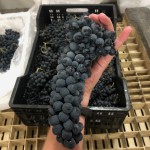
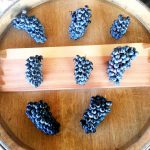
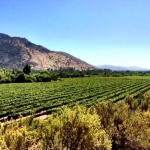
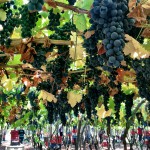
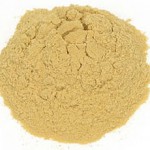


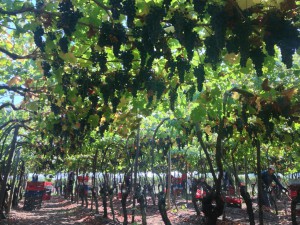
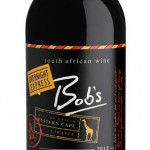


Recent Comments